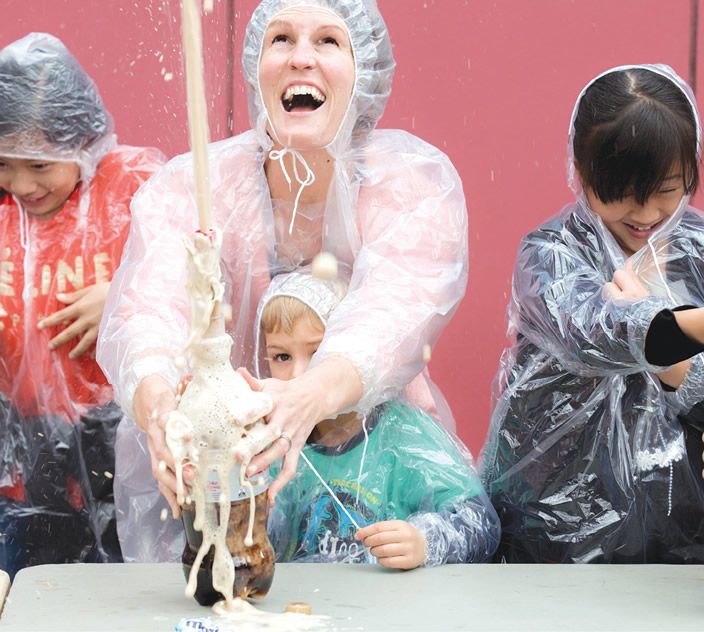
Kindergartens are full of young scientists who are innately curious about the world around them, with research showing children naturally engage with scientific concepts while they play and explore – meaning early childhood education teachers have an important role to help children investigate and experiment, journalist Jessica Willis writes.
Our world is increasingly dominated by science and technology. In order for children to be prepared for future education and jobs, they must develop science skills and dispositions early.
Strength in Science, Technology, Engineering and Mathematics (STEM) has also been linked to increased economic prosperity in developed countries.
Interests form early on
The foundations of an interest in science form in the early years and have long term implications for participation and learning.
Research has found many young children develop domain specific interests that persist for months and even years, including interests in science related topics and activities, such as birds, dinosaurs and mathematics.
Researchers studying early childhood interests in general have found:
• children as young as three years old have strong and individualised interests focused around activities, objects, themes, or topic domains
• gender differences in these interests are already apparent at this early age, and
• these interests are associated with attention, recall, play behaviours, temperament, and persistence.
Early childhood education teachers are expertly placed to foster interest in science and broaden engagement with science topics, careers and hobbies.









































































































































